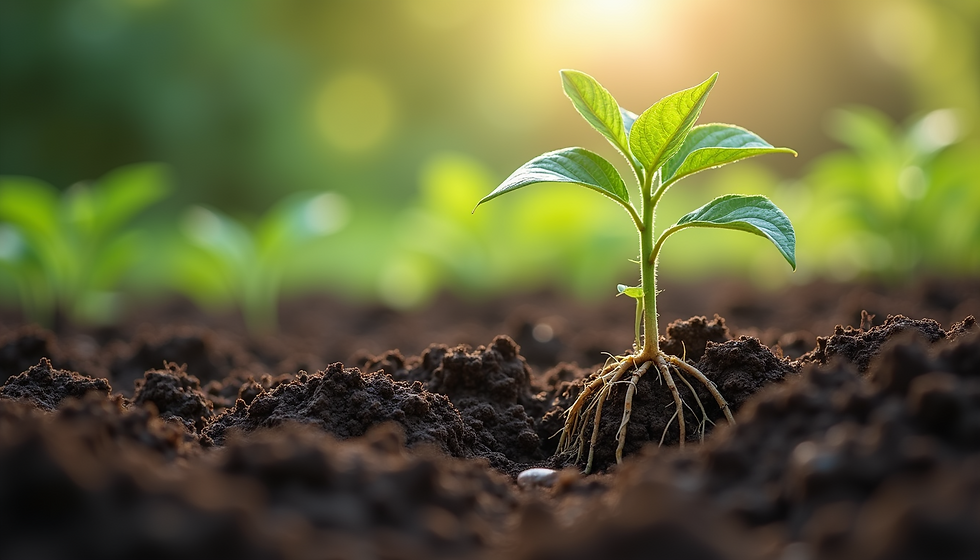It's not you, I swear!
- Lauren Imbruglia
- Jul 8, 2023
- 3 min read
Do you think you have a black thumb of death, and that you have killed every plant you ever had? Maybe you're afraid to even try? That's what we are here for. It's not YOU that is the problem! If you buy a plant at Home Depot or Trader Joe's (just 2 examples), you hand them your money and then that's it. Home you go, to figure it out on your own. Maybe your lighting isn't even right for that plant? How much water does it need? Is it toxic for your children or pets? No one really helps out. That's the number one cause of non-success (we won't use the word failure here) with plants. I got you!
I'll address the most popular causes of plants not thriving or even "unaliving" themselves in your care. Let's start today!
FIRST bit of important information---- water. How much? How often?
Many if not most new plant owners fear overwatering. Here's the big secret. You can't really (well you can, but it's very hard to do) overwater with quantity if you have the proper soil and good drainage in your pots. Overwatering mostly occurs when plant owners don't allow their plants to dry sufficiently and they water too often, it doesn't have to do with the quantity of water.
When your plants receive too much water, you can tell if the leaves turn yellow but don't become dry and crispy. Additionally, the main trunk or stem may appear dark and soft. This occurs when we water our plants too often, saturating the soil and depriving the roots of oxygen. When the roots remain in waterlogged soil, fungus develops and consumes the decaying plant material (i.e., the roots). If we don't address the fungus promptly, it can spread throughout the plant like a disease. In such cases, it becomes necessary to remove the rotted roots, often leaving behind only a small portion of healthy roots. However, the remaining roots are usually insufficient to sustain the rest of the plant.
One common misconception is that we should water our plants more frequently because they are not in their natural habitat. While there is some truth to this, as our plants are not in their original environment, the plants we purchase online have been carefully cultivated in greenhouses since they were young seedlings or cuttings. Therefore, apart from their genetic water requirements (e.g., cacti needing less water than water lilies), these plants have adapted to thrive with the water we provide them.
If you suspect your plants are overwatered and exhibiting signs of root rot, the best course of action is to allow the soil to dry out until you notice it receding from the edges of the planter. If you catch it early enough, this will prevent the spread of root rot, enabling you to establish a new watering schedule that is less frequent. It will also prevent those annoying fungus gnats that fly around when soil remains too wet.
Stay tuned for future posts on what good soil is to prevent this issue.
So, in a nutshell-
* buy from a small retailer who is knowledgeable and happy to share advice for your success
* don't water on a schedule, rather use clues the plant provides (drooping, dampness of soil, etc) to determine optimal watering times
* water deeply, this encourages deeper root growth
* let drain thoroughly (this is why we often advise leaving in a nursery pot and using a decorative planter as a cache pot)
... Come, grow with us!



Comments